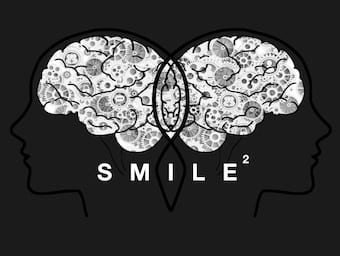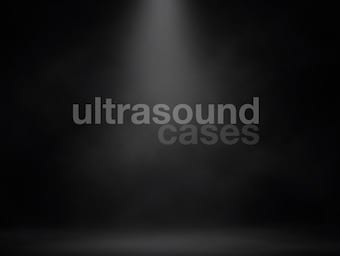
Funtabulously Frivolous Friday Five 058
Funtabulously Frivolous Friday Five 058 - Just when you thought your brain could unwind on a Friday, some medical trivia FFFF.

Funtabulously Frivolous Friday Five 058 - Just when you thought your brain could unwind on a Friday, some medical trivia FFFF.

Funtabulously Frivolous Friday Five 056 - Just when you thought your brain could unwind on a Friday, some medical trivia FFFF.

Funtabulously Frivolous Friday Five 057 - Just when you thought your brain could unwind on a Friday, some medical trivia FFFF.

It's Friday. Boggle your brain with a MOVEMBER FFFF challenge and some old fashioned trivia. Funtabulously Frivolous Friday Five 260.

Funtabulously Frivolous Friday Five 054 - Just when you thought your brain could unwind on a Friday, some medical trivia FFFF.

Just when you thought your brain could unwind on a Friday, you realise that it would rather be challenged with some good old fashioned medical trivia FFFF, introducing the Funtabulously Frivolous Friday Five 055 Question 1 atients with which disorder,…

Unlearning is the process of abandoning or giving up knowledge, values or behaviour either unconsciously or deliberately

Ashman phenomenon (1947) aberrant ventricular conduction, usually of RBBB morphology, which follows a short RR interval and preceeded by a relatively prolonged RR interval.

'Speaking up' refers to a person in a non-dominant or non-leader role expressing a concern or suggested course of action to another person in a dominant or leader role

A young man with a history of right sided pneumothorax, apical bullectomy and VATS pleurodesis presents with right sided pleuritic chest pain. You are asked to exclude recurrent pneumothorax.

A 70 year old male who had been "legally blind" for several years presented after blunt occular trauma. He had never had his eyes formally assessed. He said he had improved light perception post injury and could actually see moving shapes.

A young man presents with severe intermittent left testicular pain. Describe and interpret these scans